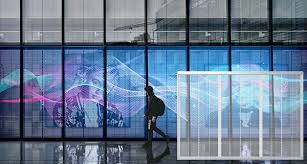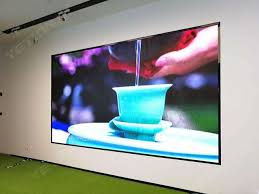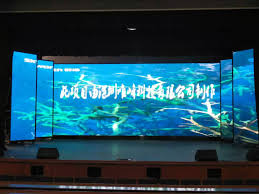Leading The Way In LED Displays
When it comes to moving lights, the design and quality of a product matter. A great LED display could be the difference between a projector that looks dated in comparison to one that is modern and sleek. The downside of LED displays, however, is that there are many different profiles for them including those for movies, stage lighting, retail lighting, etc.
Advantages of LED Displays
LED displays are lightweight and don't require much power, so they can be used in portable devices. They are also long-lasting and the technology is constantly evolving. LED displays to produce less heat than traditional LCD screens, so they decrease the chance of fire when a laptop is being used.
Types of defects and how to avoid them
LEDs are getting more and more popular in households due to their long-lasting light and energy efficiency. However, not all LEDs are created equal. There are different types of defects that can occur in your LED, so it is important to know what they are.
What makes an LED Display the best?
In recent years, LED (light-emitting diode) displays have become the leading type of display. This is because they are less wasteful, more durable, and more cost-effective than other types of displays. There are a variety of reasons that LED displays have become popular. One reason is that there is no need for liquid crystals in LED screens because LED displays to emit perfect light from a pure source. Another reason is that LED displays can last up to 50,000 hours which makes them an economical choice for businesses who need a display to last for many years without needing costly replacement parts or bulbs.
Conclusion
When it comes to choosing a display, the options are slim. Your choices are limited to either going with a traditional fluorescent backlit LCD or an OLED display. The latter is more expensive, but it offers better contrast and color reproduction than the former.




Comments
Post a Comment